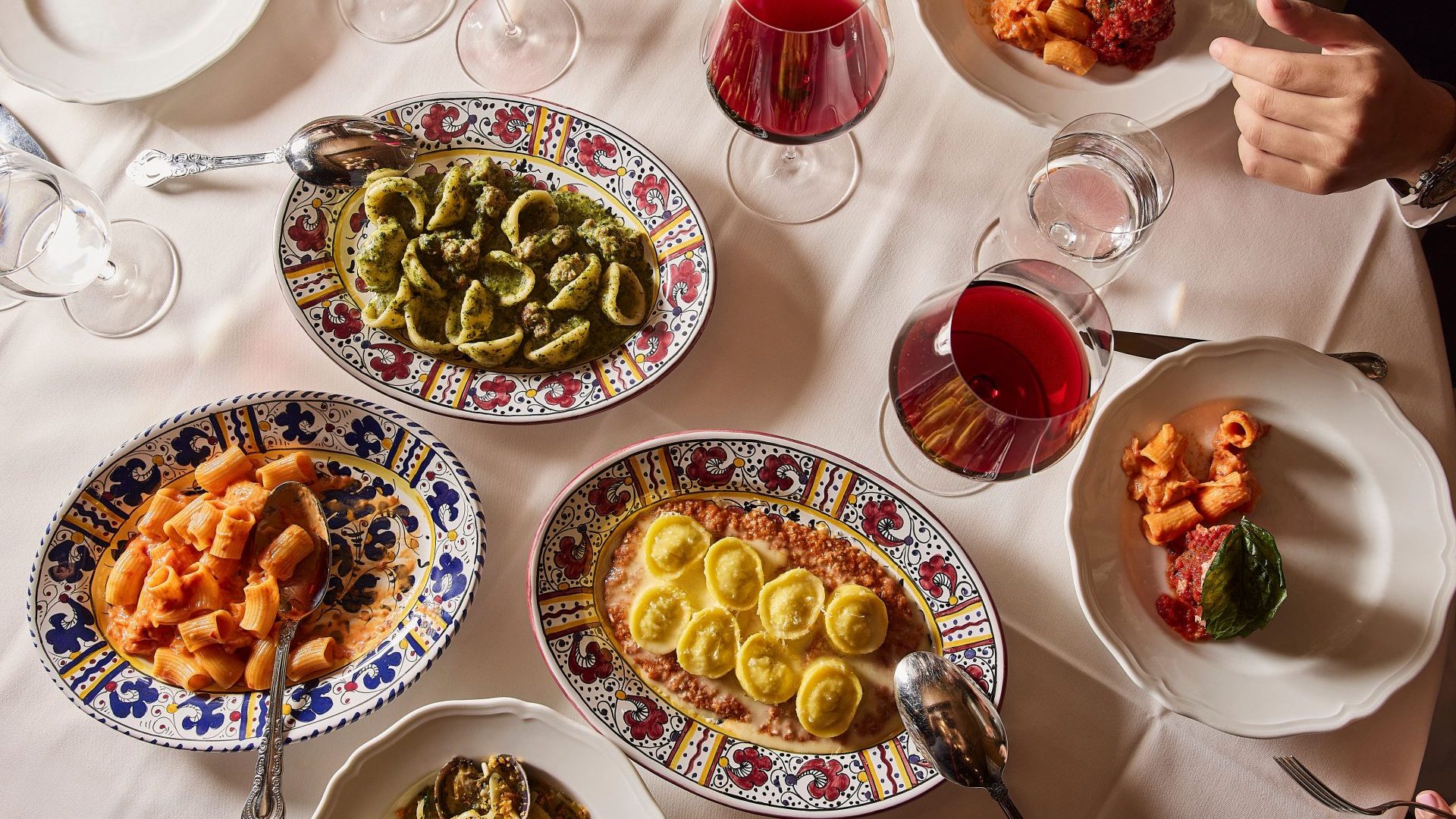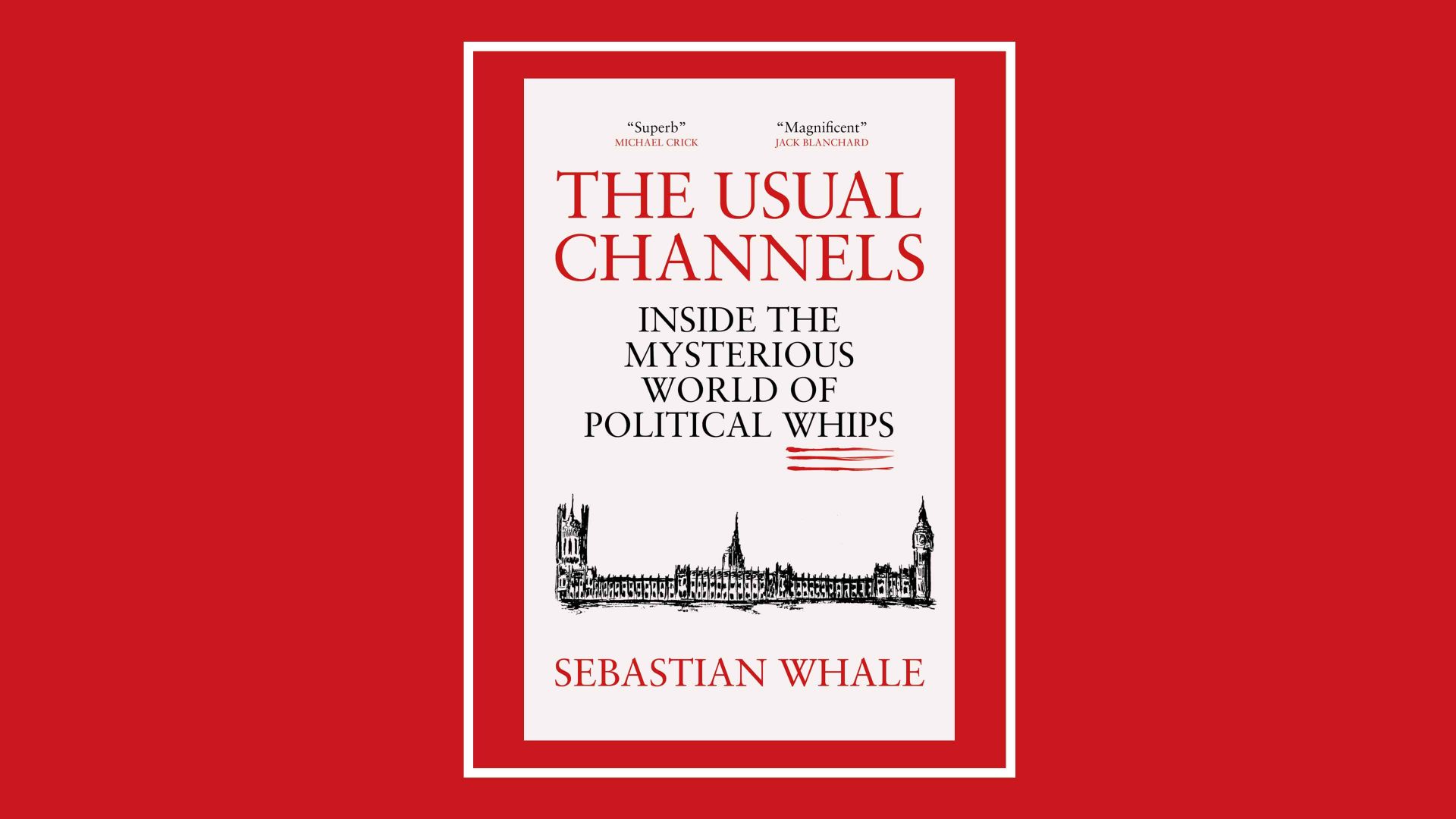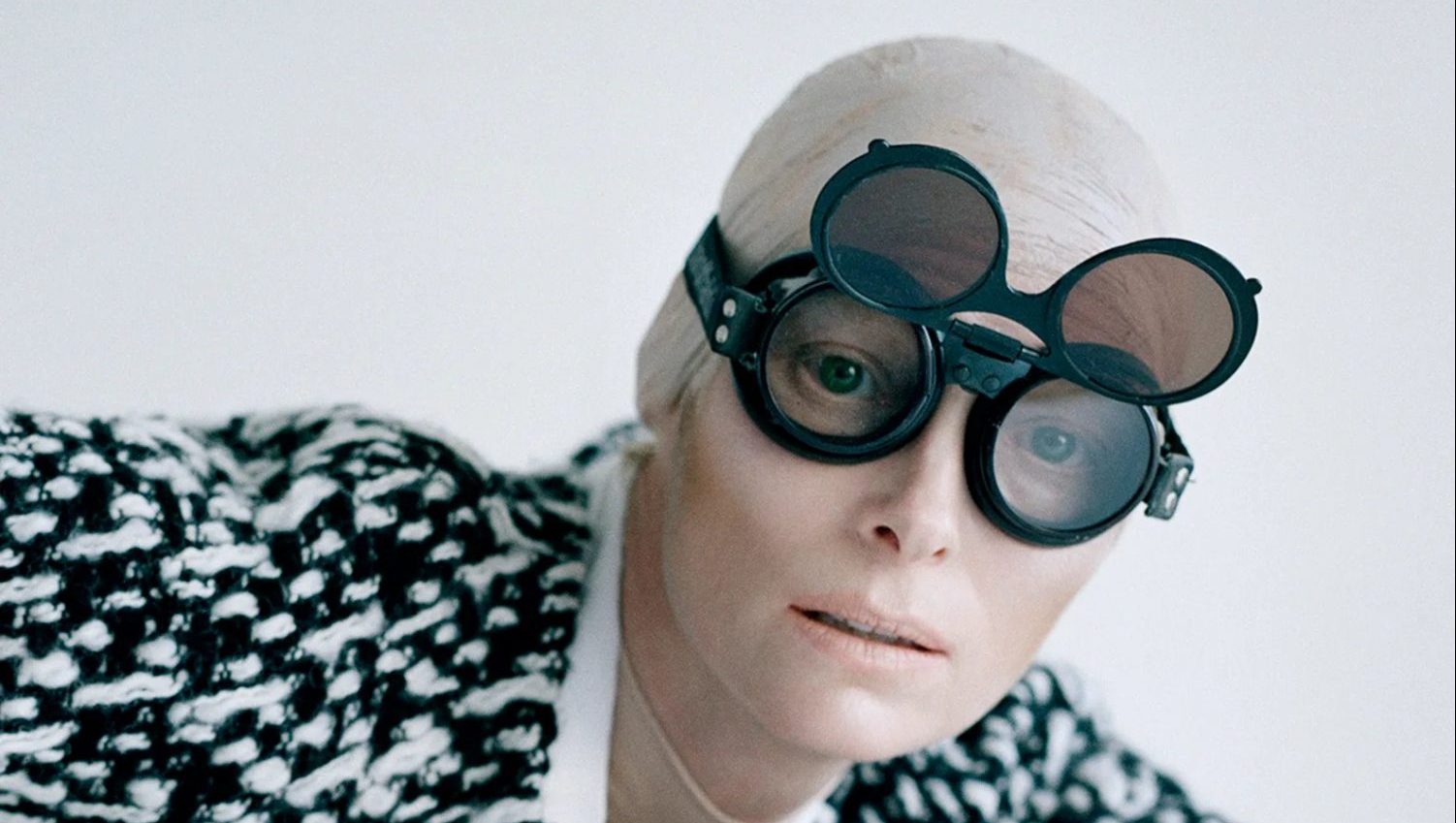I’ve been to Carbone, the endlessly cool American-Italian restaurant in Manhattan, so often that it’s actually quite uncool. Not as frequently as Barack Obama, mind – he once proclaimed it to be his favourite restaurant – but still to the point where it’s unbecoming.
Carbone opened in 2013, was quickly awarded a Michelin star, and soon ignited an immediate frenzy for tables. There were profiles in Vanity Fair and Harper’s Bazaar; the New Yorker even published a story about a much-feted “secret email address”, then the only way of those without A-list status nabbing a table. Patrons who do not need the email address include the likes of Taylor Swift, Beyonce and Leonardo DiCaprio.
The pair who front the restaurant, Mario Carbone and Jeff Zalaznick, have become stars themselves. They have delivered a nifty, immaculate homage to New York food culture – you could call it contrived; overly polished, even. Staff are trained to be actors as much as hospitality professionals.
This has set Carbone apart from the rest. And today the name is famous and the restaurant is a global brand (there are eight sites, from Vegas to Miami, Doha to Riyadh).
Fast-forward to today, and there’s finally a Carbone in Britain. The founders said recently that they always had the UK in their sights, that they always dreamed of bringing parmigiana to London’s fashion set and footballers. Whether or not that’s true is irrelevant.
A permanent fixture has opened beneath the new Chancery Rosewood hotel in Grosvenor Square, Mayfair, in September. And the site seems fitting: the luxury hotel is housed in the former US Embassy; rooms start at around £1,500 per night.
There was much ado in the build-up. Chefs, restaurateurs and journalists gossiped about its arrival for more than a year. Everyone wanted a seat at the table. And a few weeks post-launch, Carbone is one of London’s most in-demand fixtures, competing even with such star names as The Devonshire, The Dover and One Club Row (none of which are easy to get into, at least at peak times).
The team has done a good job of transposing the vibe from New York to London. Waiters are well-drilled and clad in 1950s-style red jackets, the sort you see in old gangster flicks where doormen show handsome men to the best seat in the house.
Jazz plays. Lights are low. Candles flicker, illuminating the beautiful women sitting with the less beautiful men.
And the food is much the same, what some call “red sauce” dining: vodka rigatoni, lobster ravioli, “grandma’s” meatballs and the most buttery garlic bread in the history of cooking. In New York and London (I’m discounting the other branches as I’ve not been, nor do I wish to), the food is considered and executed with fierce aplomb. It’s a Hollywood dispensary, a Scorsese pastiche.
Think Dover sole filleted tableside; Caesar salad, shrimp cocktail, and lots of expensive wine. Who are you if you’re not having a Manhattan? What’s the point if you’re not humming Sinatra and cracking jokes… or if you’re not making full use of the “pudding trolley”, which is delivered by a gloved gentleman and is ever-resplendent with tiramisu and plump cheesecake?
But there’s a worry I have: London is fickle, and this restaurant is massive. It’s twice the size of The Dover and One Club Row, two other sultry pleasure palaces of white linen, cocktails and fine pasta, and it also happens to be more expensive. Where you can eat in the former two for about £60 per head, Carbone is a third more.
For cost, it can’t compete with The Devonshire, which has become the country’s most popular pub. You can spend as much in there as you would in Carbone, but you don’t need to, not even nearly. The Soho boozer serves the best pint of Guinness this side of the Irish sea; the set lunch menu is £25, unmoving, and superb.
As I mentioned earlier, I’ve been to both the New York Carbone and the London branch more than once. Some of those times I’ve split the bill or been taken by someone paying, a couple have been press invitations with groups (never to review, obviously, merely to meet people, see what’s what and offer feedback). And I wish the London restaurant well – this isn’t to denigrate nor diminish it.
It’s just that last visit sowed a couple of seeds of doubt: will Carbone last in London? It might be as close a copy of New York as was possible in the UK, but when the dust settles, influencers move onto the next big-name opening and the celebrities get bored, what’s left? It’ll have to sell a lot of vodka rigatoni and meatballs.
I hope it does, but it must forge its own identity here – because Carbone copies need more than the sum of their parts.




